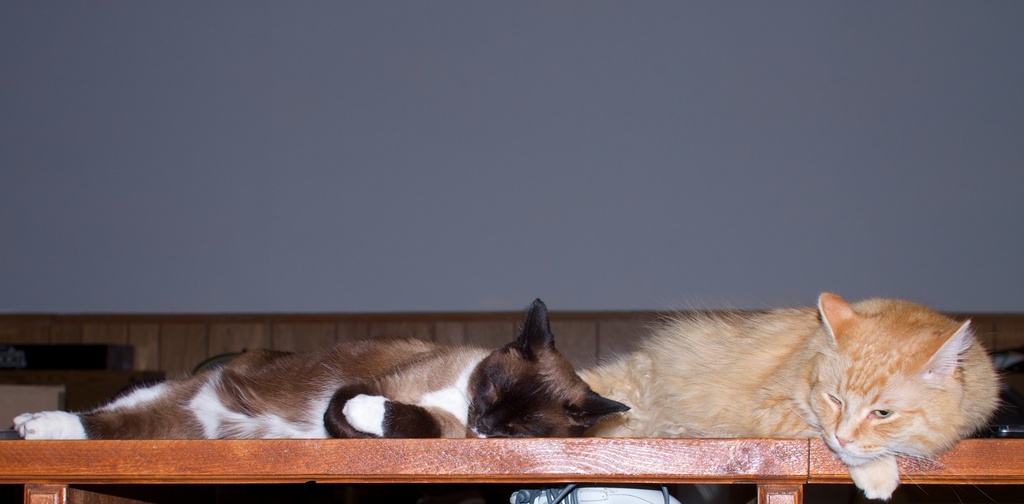Other images in the #meezer series:     |
||||||||

| Asia is the snowshoe 'meezer, LOLcat is that orange critter on the right. I named him "Mr. Man", but Deb started calling him "Lowell", and it mutated into LOL. 😊 Canon EOS 50D, Sigma 30 mm /1.4, flash, handheld. EXIF:
|
| 1:1250 Ships - Amiga - Animations - Aquarium - Arcade - Art - Astro - Audio - Aurora - B&W - Ben - Cars - Cathouses - Cats - Clouds - Comics - Comets - Crepuscular - Dollhouses - Deb - Deer - Designs - DTank - Eclipses - Family - Fireworks - Florida - Fog - Food - Friends - Gear - Ham Radio - Horses - Humor - Infrared - IROC - iToolBox - James Blish - Judy - Library - Meezers - Milford - Minerals - Models - Montana - Moon - Morphing - Motorcycles - Music - OSX - Pareidolia - Pickles - Pinups - Pizza - Portraits - Radios - Rainbows - Recipes - ReFlex - Restorations - Science Fiction - SdrDx - Shortwave - Spaghetti - Stained Glass - Storms - Sunbeams - Sunrises - Sunsets - Superstition - |